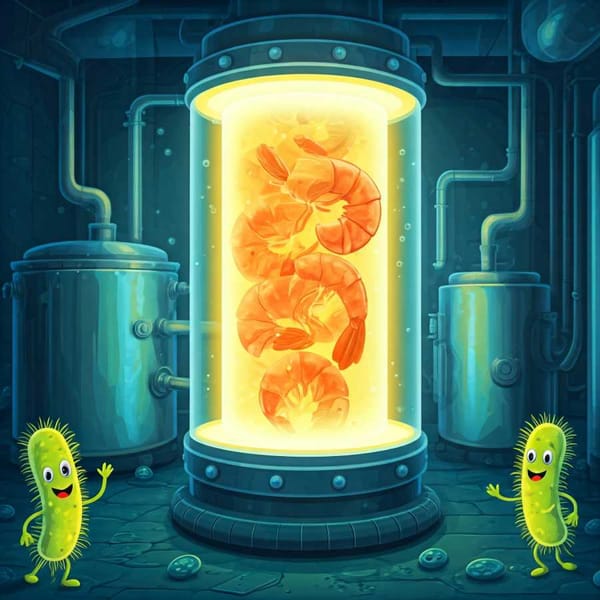Sofia Bassi: Everything is history ... and speaking of murderous women...
In 1968 the painter Sofia Bassi turned herself over to the police for the murder of her son-in-law, Count Cesare D'Aquequarone, husband of her daughter Claire. She argued that it had been an accident.





